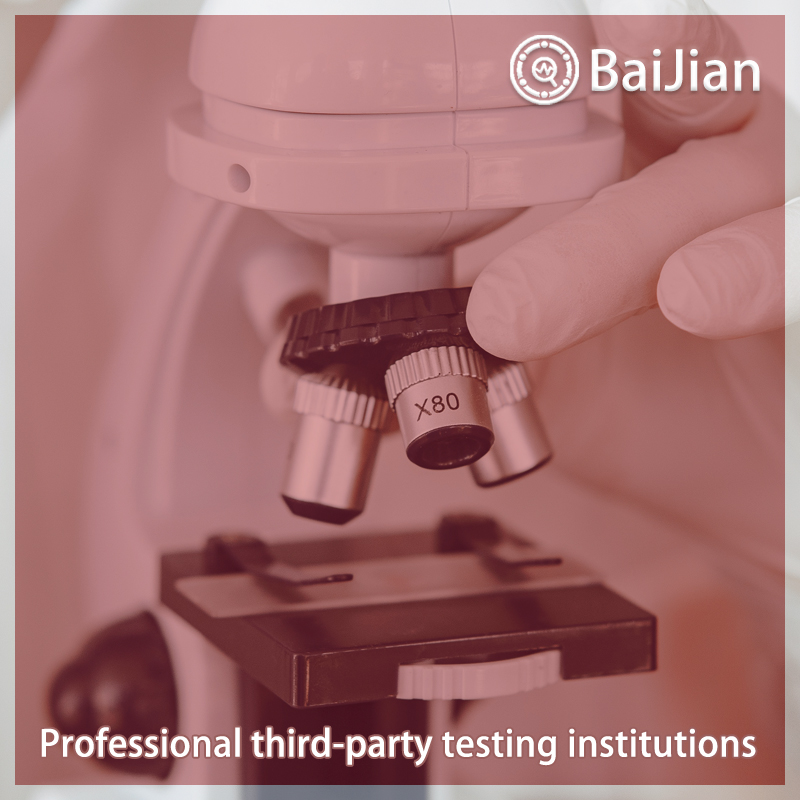
1.0.1 "Design Specification for Lighting Systems in Television Studios" (hereinafter referred to as this specification) is revised in accordance with the requirements for producing color television (including high-definition television) programs. This specification applies to the design of lighting systems for the construction, expansion, and renovation of television, audio-visual education, and multifunctional studios. The lighting system in places where television images are produced can also be implemented as a reference. 1.0.2 The lighting system design of the studio should be in line with the development of the broadcasting and television industry. In addition to complying with this specification, the design should also comply with relevant national and industry standards and regulations. 1.0.3 The equipment configuration of the studio lighting system must be integrated into the overall television process system for overall consideration, and coordinated and cooperated with relevant specialties to achieve comprehensive benefits in program production. 1.0.4 The design of the studio lighting system should comply with functional and technical requirements, and achieve safety and reliability, advanced technology, economic applicability, simple operation, convenient maintenance, energy conservation, environmental protection, resource sharing, and convenient development. 1.0.5. The lighting system in the studio must use equipment and installation materials that comply with relevant standards and regulations. 1.0.6 The studio lighting system mainly includes: suspension devices; Luminaires, light sources, and electrical accessories for lighting purposes; Lighting control system (including control systems for dimming equipment, mechanical lighting equipment, color changers, and effect lights; wiring systems for corresponding control systems, etc.); Lighting dedicated power supply equipment (including low-voltage distribution cabinets, panels, and boxes); Cables and cable trays. The scale of the 1.0.7 studio can be divided into areas; Extra large studio (including theater style studio): nominal area of 1500m and above; Large studio: nominal area 800-1200 m *; Medium size studio: nominal area 400-600 meters; small size studio: nominal area 250 meters and below. 1.0.8 Studio can be divided into: variety show studio; TV drama studio: thematic studio; news studio; virtual studio; open studio; TV theater. 1.0.9 Theater style studio and TV theater should not only comply with this specification, but also comply with the relevant provisions of JGJ57 "Theater Architectural Design Specification"
Function of testing report:
1. Project bidding: Issue authoritative third-party CMA/CNAS qualification report
2. Online e-commerce platform entry: Quality inspection report recognized by major e-commerce platforms 3. Used as a sales report: issuing legally effective testing reports to make consumers more confident 4. Papers and research: Provide professional personalized testing needs 5. Judicial services: providing scientific, fair, and accurate testing data 6. Industrial problem diagnosis: Verify the troubleshooting and correction of industrial production problemsBaijian and testing process:
1. Telephone communication and confirmation of requirements
2. Recommend solutions and confirm quotations 3. Mail samples and arrange testing 4. Progress tracking and result feedback 5. Provide reports and after-sales service 6. If urgent or priority processing is requiredTesting and testing characteristics:
1. The testing industry is fully covered, meeting different testing needs
2. Fully cover the laboratory and allocate localized testing nearby3. Engineers provide one-on-one services to make testing more accurate
4. Free initial testing, with no testing fees charged
5. Self service order delivery for free on-site sampling
6. Short cycle, low cost, and attentive service 7. Possess authoritative qualifications such as CMA, CNAS, CAL, etc 8. The testing report is authoritative and effective, and is generally used in China